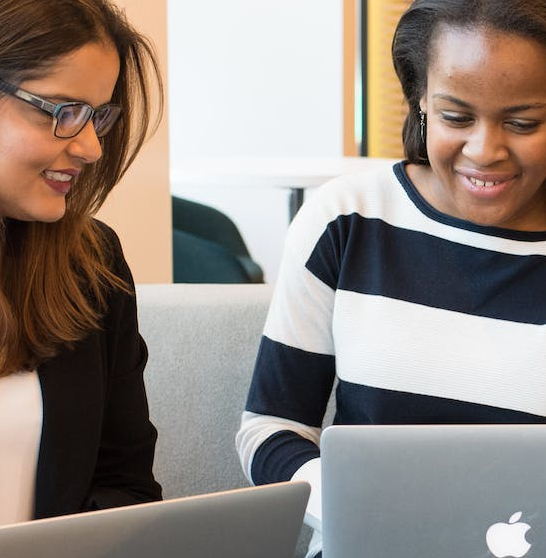
As an Xennial and edtech specialist, I am comfortable utilizing digital media in my personal and professional life and I seek to utilize varied media to stay abreast of how current events may be affecting our current learners. However, I also realize that my experience and attempts to stay current is not enough to provide answers as to the most effective ways to engage today’s generation of learners with academic content. As an educator and adult, I have life lessons and knowledge to share with students, but if I cannot build a bridge between curriculum and the lives of the students present in my classroom, if they do not feel a personal connection to my teaching, I have lost.
How might we engage Gen Z and Gen Alpha in learning? Ask questions. Validate your learners. Invite students to share insights from their own lives. Learn from your learners. Build upon their strengths, and above all, resist the natural urge to judge. But what does this look like in classroom practice? And will it really make a difference?
I had the opportunity to visit a school last week where I witnessed a few examples of educators meaningfully engaging their students in academic content. These students made the content their own, connected it to their lives, and felt validated as learners whose experiences outside the classroom were leveraged to enhance their abilities to not only construct learning but also to utilize it to make a positive difference at their school. Consider the following strategies as you seek to engage your Gen Z and Gen Alpha learners.

- Invite Input – I spoke with a culinary teacher who had encouraged students to bring in recipes as ideas for what the class would learn to cook. She noted that several students brought in recipes they had found on Tik Tok, and though she did not have a Tik Tok account herself, the teacher embraced the student ideas and the class voted on which Tik Tok recipe may be most beneficial for them to learn to cook. The key here is that as adults, we honor student experience outside the classroom. We need not follow the same social medial channels and pop culture icons that our students do, but it is important that we praise students for making connections between these portions of their lives and the content we are teaching.
- Validate Variability – Each student brings individual experiences to the classroom. How might we provide an opportunity for variability in the way students make connections to content? Consider the following example: Students in history class created hashtags to reveal their inferences regarding content they were learning. They then cited evidence from text to justify and explain their reasoning for the hashtag they had created. Click here to learn more about the hashtag learning strategy. Hashtags are open-ended. As long as students can cite text evidence and support their answer, they are correct. Therefore, the strategy validates individual interpretations and the experience each student brings to the table. It is a strengths based approach that honors individual schema.
- Drive Difference Making – Students seek meaning. They want to feel that they have a voice and can impact positive change. A psychology class I visited is learning about responses to grief. As Día de los Muertos, a day to celebrate those who have passed, is celebrated by many in the school community, students in the class opted to create posters and resources to support students struggling with grief on this upcoming holiday. The psychology teacher indicated that this was the students’ idea, not her own. She indicated that students were more engaged in this activity than they had been in any others as of yet, as it was generated by their own drive to take the content they were learning and apply it to the context of the school community.
Our modern learners are surrounded by media that caters to their individual desires, with machine learning driving them to preferences via likes and subscribes. They seek a voice. They look for meaning. The aforementioned strategies not only empower students and validate their lives in the modern world, but they are based on neuroscience. The neuro-pathways in the brain are deepened when we connect new learning to the context of what is known. The brain is a pattern seeking device and as students bridge academics and the world in which they live, new learning is more sustainable. Bring your learners’ lives into your classroom and benefit from increased engagement and deeper learning from your Gen Z and Gen Alpha students.
